
When disaster strikes, the damage to your home can be overwhelming. Whether it's the aftermath of a storm, the ravages of fire, or the silent spread of mold, each scenario demands prompt and professional attention. Understanding the importance of restoring your property efficiently and effectively is crucial to maintaining its safety, value, and peace of mind. This is where comprehensive home restoration services come into play.
This blog will explore the various facets of home restoration. From water and fire damage to mold remediation and storm damage repair, we’ll guide you through the best practices for tackling these challenges.
Understanding Home Restoration
The Scope of Home Restoration
· Restoring structural integrity: Ensuring the building is sound and safe.
· Preventing further damage: Addressing issues like water damage swiftly to avoid long-term problems such as mold growth.
· Improving aesthetics and functionality: Returning the visual appeal and usability of the home.
· Ensuring health and safety: Removing contaminants and hazardous materials that can affect residents' health.
Importance of Timely Intervention
· Water Damage: Quick extraction and drying can prevent the proliferation of mold and mildew.
· Fire Damage: Immediate cleanup can reduce soot and smoke damage, which can quickly become entrenched.
· Storm Damage: Swift action can secure the property from further exposure to the elements.
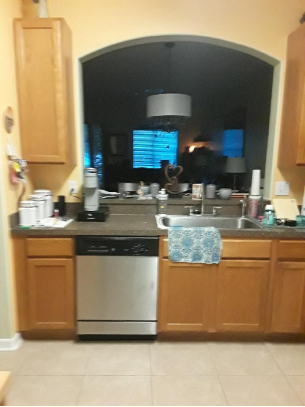
Prevention and Maintenance Tips
Preventing Water Damage
· Regular Inspections: Regularly check plumbing systems for leaks and cracks. Pay special attention to pipes during colder months to prevent freezing and bursting.
· Proper Sealing: Ensure that windows, doors, and roofs are properly sealed to prevent water from entering during rainstorms.
· Gutter Maintenance: Clean gutters and downspouts frequently to ensure water flows away from your home, reducing the risk of water damage and foundation issues.
Fire Safety Measures
· Smoke Alarms: Install smoke alarms on every level of your home and test them monthly. Replace batteries annually or as needed.
· Fire Extinguishers: Keep fire extinguishers handy, especially in the kitchen and near fireplaces. Ensure everyone in the home knows how to use them.
· Safe Cooking Practices: Never leave cooking unattended, and keep flammable materials away from stovetops and ovens.
Mold Prevention
· Control Humidity Levels: Use dehumidifiers and air conditioners to keep humidity levels in your home between 30% and 50% to inhibit mold growth.
· Ventilation: Ensure that bathrooms, kitchens, and laundry areas are well-ventilated to prevent moisture buildup, which is conducive to mold growth.
· Immediate Drying: Dry wet areas immediately. Any form of standing water can become a potential breeding ground for mold within 24-48 hours.
Storm Preparation
· Tree Trimming: Regularly trim trees and remove dead branches that could fall and damage your home during a storm.
· Emergency Kit: Prepare an emergency kit with essentials like batteries, flashlights, food, water, and medical supplies.
· Property Inspection: Prior to storm season, inspect your property for potential vulnerabilities and address them to minimize damage.
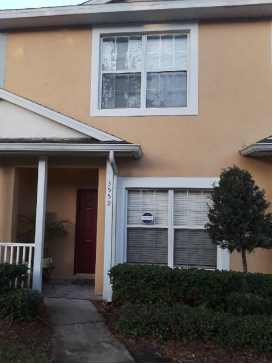
Types of Home Restoration Services
Water Damage Restoration
· Inspection and Assessment: Professionals first assess the extent of water impact and classify the damage to determine the most effective restoration strategy.
· Water Removal: Powerful pumps and vacuums are used to remove standing water. Speed is crucial to mitigate the damage.
· Drying and Dehumidification: After water removal, the area must be dried and dehumidified to prevent mold growth.
· Cleaning and Sanitizing: This step involves cleaning the affected areas with appropriate agents to prevent bacterial and mold infections.
· Restoration: The final step may involve minor repairs like replacing drywall panels or major efforts like reconstructing damaged rooms.
Fire and Smoke Damage Restoration
· Assessment: Identifying the scope of physical and chemical damage caused by fire and smoke.
· Tarp and Sealing Services: To prevent further damage, temporary protective measures are taken immediately.
· Cleanup: Includes removing soot, debris, and damaged components; and using advanced techniques to mitigate smoke damage and odors.
· Restoration: Reconstructing damaged areas and renovating them to their pre-damage state.
Mold Remediation
· Inspection and Mold Damage Assessment: Identifying all areas affected by mold.
· Containment: Preventing the spread of mold by isolating the contaminated area.
· Air Filtration: Using HEPA vacuums and air scrubbers to remove mold spores from the air.
· Mold Removal and Cleanup: Removing mold-infested materials and cleaning the area with antimicrobial treatments.
· Restoration: Replacing or repairing the damaged structures once the area is mold-free.
Storm Damage Repair
· Immediate Inspection: Assessing the impact of wind, water, and debris.
· Water Removal and Drying: If the storm involved flooding.
· Repairing Structural Damage: From minor repairs to major reconstructions, depending on the severity.
· Securing the Property: Temporary solutions to protect the property from further damage.

Choosing the Right Restoration Service
Factors to Consider When Selecting a Restoration Service
· Certification and Licensing: Ensure the service provider is certified by relevant industry bodies and holds the necessary licenses. This ensures they meet the industry standards for safety and quality.
· Experience: Choose a provider with extensive experience in handling similar types of damage. Experienced professionals are more likely to anticipate and tackle potential complications.
· Technology and Equipment: Check if the provider uses the latest technology and equipment. Advanced tools can significantly improve the efficiency and effectiveness of the restoration process.
· Response Time: In restoration, time is critical. A provider like Flood Pros USA, which offers fast response times, can help mitigate further damage.
· Reviews and Testimonials: Look at reviews and testimonials from previous clients to gauge the reliability and quality of the service provider.
Importance of Certified Professionals
· Expertise: Certified professionals possess the technical skills required for complex restoration projects.
· Safety: Trained experts are better equipped to handle potentially hazardous materials safely.
· Insurance Liaison: Professionals often help in dealing with insurance claims, providing detailed reports and documentation that facilitate the claims process.
Trust Flood Pros USA for professional and comprehensive restoration services in Tampa. Whether you need emergency water damage cleanup, swift storm damage recovery, or immediate flood restoration services, we're here 24/7 to help you recover quickly and efficiently. Don't let damage set you back.
Contact us today for expert assistance and ensure your property is in the best hands.
Subscribe to Flood Pros USA's Blog



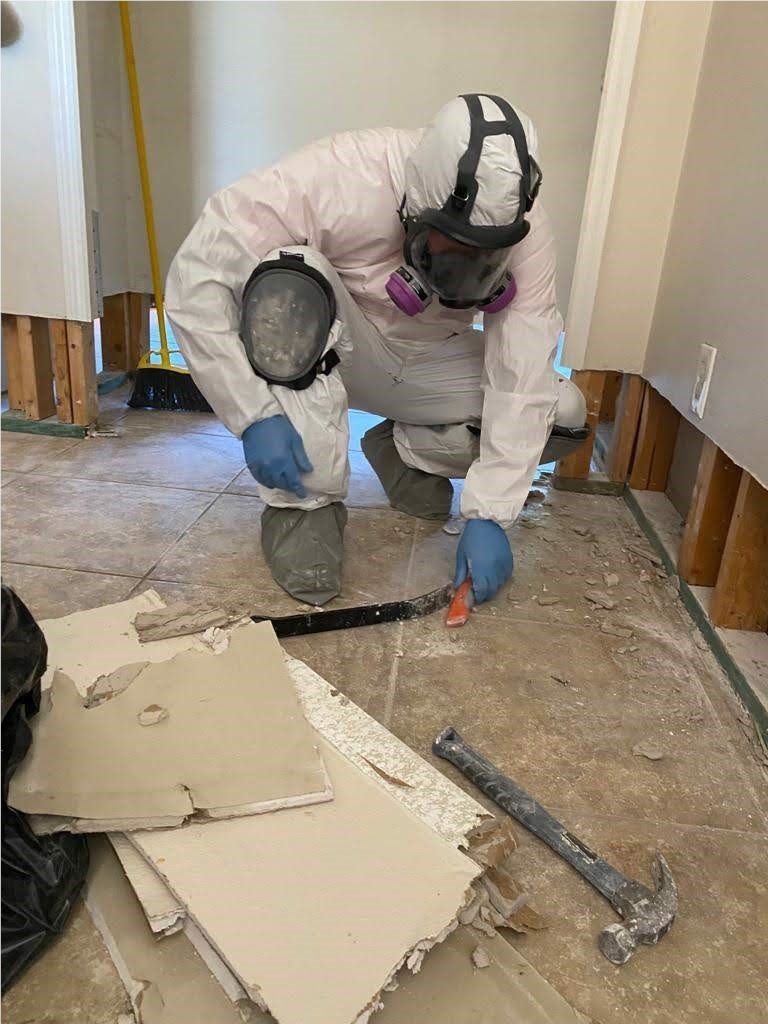
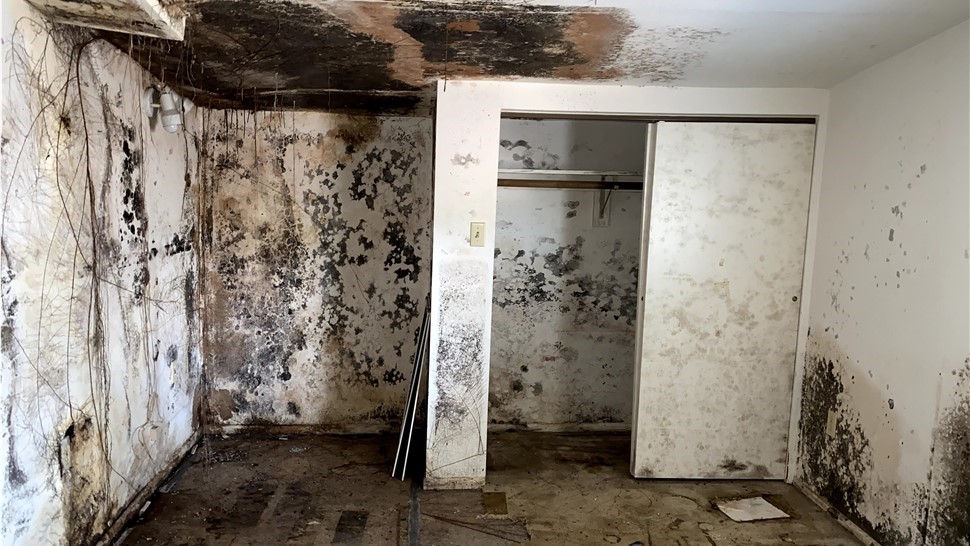
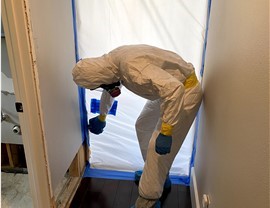

Comments